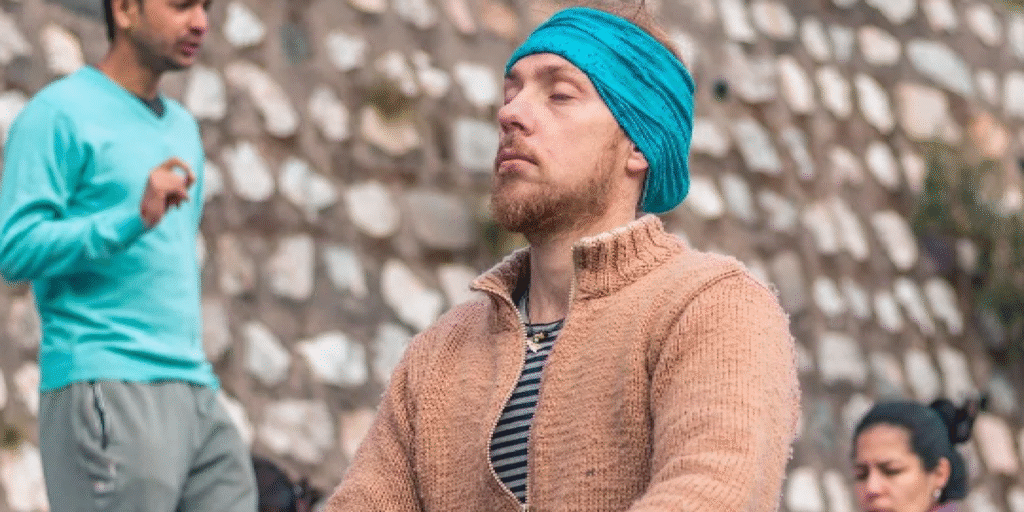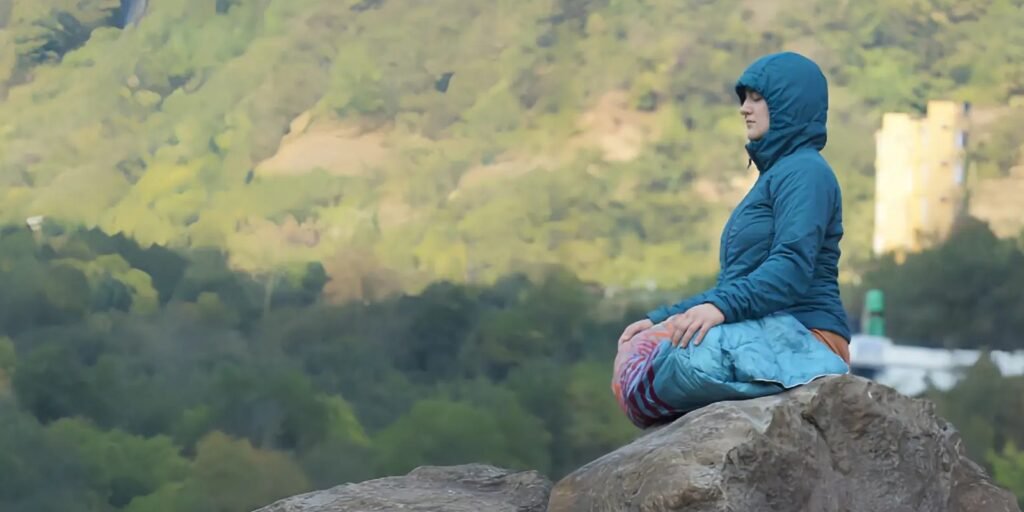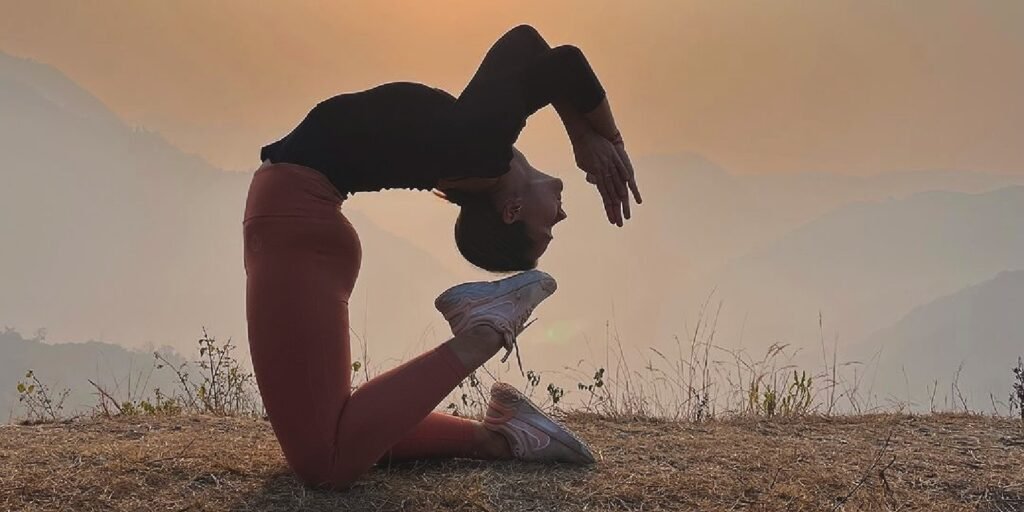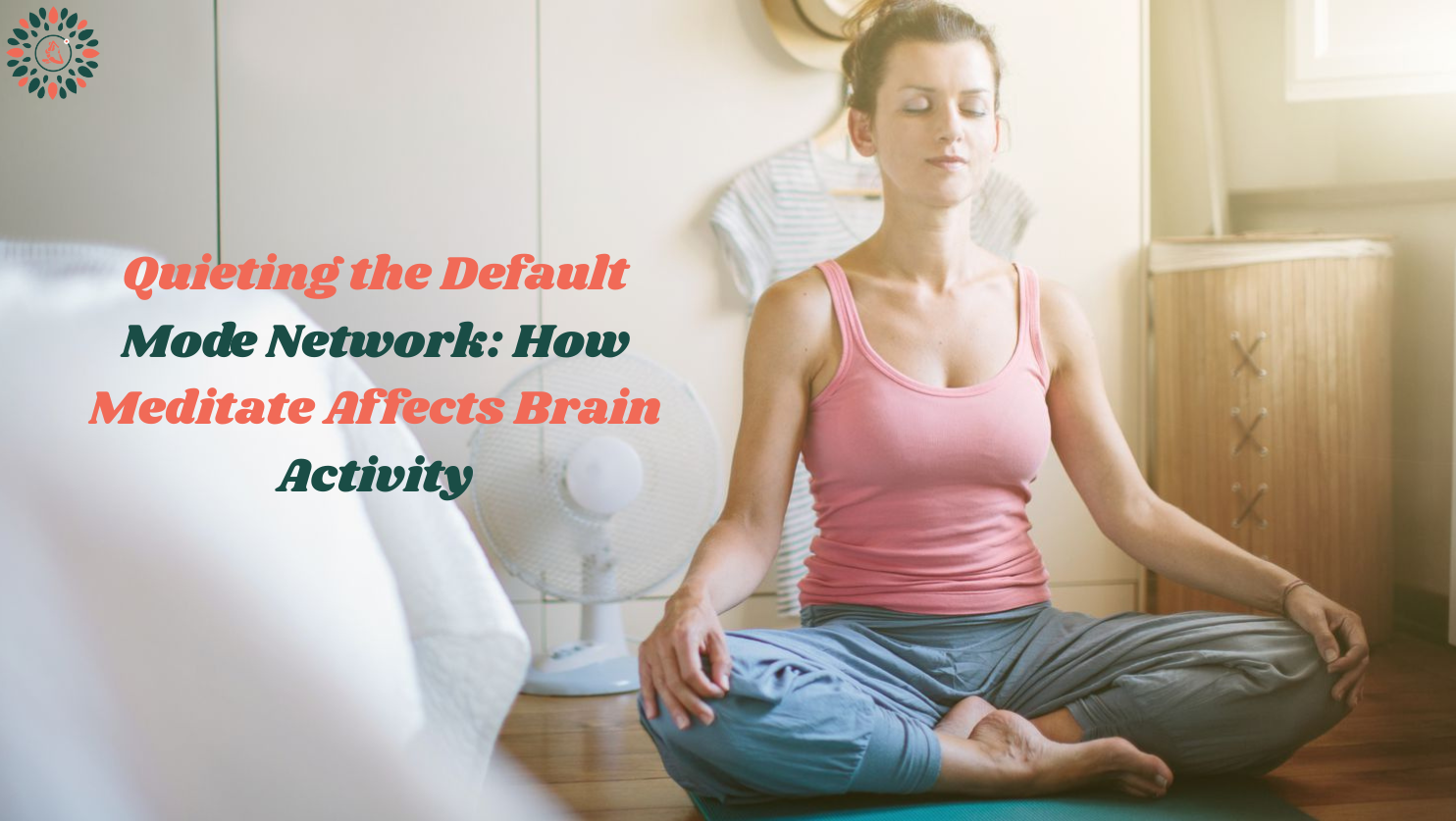The Surprising Peace That Comes With Meditation
The intention to meditate and the physical act of carrying out the intention are two separate brain functions that do not always connect. Even though meditating takes no resources but our time and space, people still struggle to even attempt the mindfulness act of settling the mind and body. When one of my dear friends finally meditated for the first time, she came back overwhelmed with excitement saying, “I did not know my mind could be so silent!”
When meditating, there is a clear sense and appreciation of what is happening in the present moment. Spending time in meditation helps us to distinguish and relate to all of the details of our present lives, not what we want it to be, but what it actually is. We begin to reject depression of the past, anxiety for the future and become at peace with the present.
Learning Self-Compassion Through Meditation
While sitting in meditation we are able to bring attention inwards and observe our thoughts and body. Many people become frustrated with the practice as they find their mental chatter will not cease or they are uncomfortable with the thoughts that arise. This is absolutely normal and acceptable.
Meditate. This uncomfortable moment and frustration is the perfect teacher to teach us loving kindness towards ourselves. We can choose to accept ourselves and release the emotions and thoughts that arise, or we can struggle against ourselves. By accepting what arises and releasing thoughts without obsessing over them, we begin to expose ourselves and gently soften in our own release. A yoga retreat in Rishikesh offers the perfect setting for this inner work—surrounded by nature, spiritual energy, and supportive guidance, it becomes easier to sit with discomfort and transform it into self-compassion.

Six Foundational Points for Meditative Posture
Chogyam Trungpa Rinpoche, a Buddhist meditation master, continually refined his meditation instruction in order to minimize the struggles people experienced while meditating. He spoke about how it is never a good idea to struggle during meditation, so if one is uncomfortable, it is okay to make subtle movements to adjust. Meditate He taught six points to good posture and settling down: seat, legs, torso, hands, eyes, and mouth. The instructions as cited in Pema Chodron’s, “When Things Fall Apart” are as follows:
1. Whether sitting on a cushion on the floor or in a chair, the seat should be flat, not tilting to the right or left or to the back or the front.
2. The legs are crossed comfortably in front of you- or, if you’re sitting in a chair, the feet are flat on the floor, and the knees are a few inches apart.
3. The torso (from the head to the seat) is upright, with a strong back and an open front. If sitting in a chair, it’s best not to lean back. If you start to slouch, simply sit upright again.
4. The hands are open, with palms down, resting on the thighs.
5. The eyes are open, indicating the attitude of remaining awake and relaxed with all that occurs. The eyes gaze is slightly downward and directed about four to six feet in front.
6. The mouth is very slightly open so that the jaw is relaxed and air can move easily through both mouth and nose. The tip of the tongue can be placed on the root of the mouth.
Reconnecting with the Body and Breath in Meditation
When one becomes out of focus, bring attention back to the body and run through the six points. Rinpoche also gives useful instruction to simply label thoughts as, “thinking” when they arise and return attention back to the out-breath. Meditate Each time the mind runs rampant or you feel distracted, just compassionately bring attention back to the relaxation of the body and out-breath. It does not matter how many times you have to do this, as long as we practice with gratitude and compassion, it gradually trains the brain to settle into the calmness a few moments longer.

Guided Practices for Anxiety, Sleep, and Inner Balance
If you struggle with this practice, a good way to start a meditation practice is with guided Meditate. There are that gently guide you into relaxing your body with reminders of where to focus your attention. Guided meditations are useful as they are usually combined with relaxing binaural beats and tones that are scientifically proven to alter our brain waves to bring us into deeper relaxations.
Meditate. The gentle voice of guidance also gives us a point of focus that helps maintain the concentration of the moment. This takes away the struggle of not knowing how to settle in or where to bring your thoughts. There are plenty of guided Meditate that walk you through Chakra balancing, lucid dreaming, insomnia, anxiety releasing, deep relaxation, and much more. A 7 Days Yoga Retreat Rishikesh offers the ideal environment to explore these meditative practices deeply, helping you reconnect with yourself through structured guidance and peaceful surroundings.

How Meditation Transforms Our Inner and Outer World
By continuing this practice, we begin to control our mind, rather than letting it control us. We expose every part of ourselves and compassionately become in conscious control of our senses and perception of reality. Meditate. The compassion we practice during meditation spills over into our daily lives, and we find the peace and acceptance of the present moment staying with us. A 10 Days Yoga Retreat Rishikesh provides the time and space to immerse in this transformative journey, helping cultivate lasting mindfulness, inner stillness, and emotional clarity.
Final Words with Meditate
Start a meditation practice, maybe try for 1 minute a day and gradually move up to 5 minutes, 10 minutes, an hour, or however long you feel comfortable. In regards to practicing Meditate Pema Chodron states, “Ultimately, it comes down to the question of just how willing we are to lighten up and loosen our




